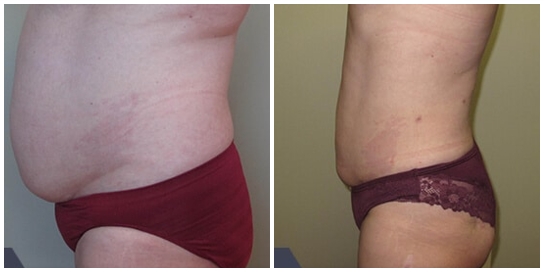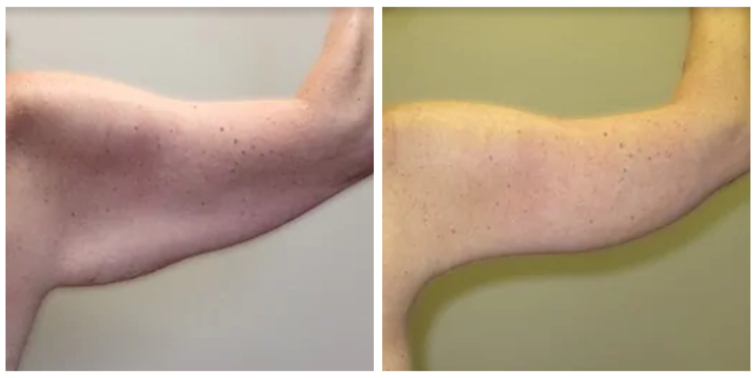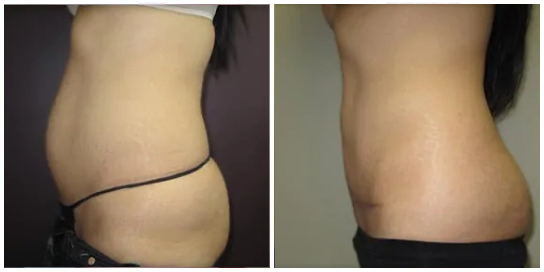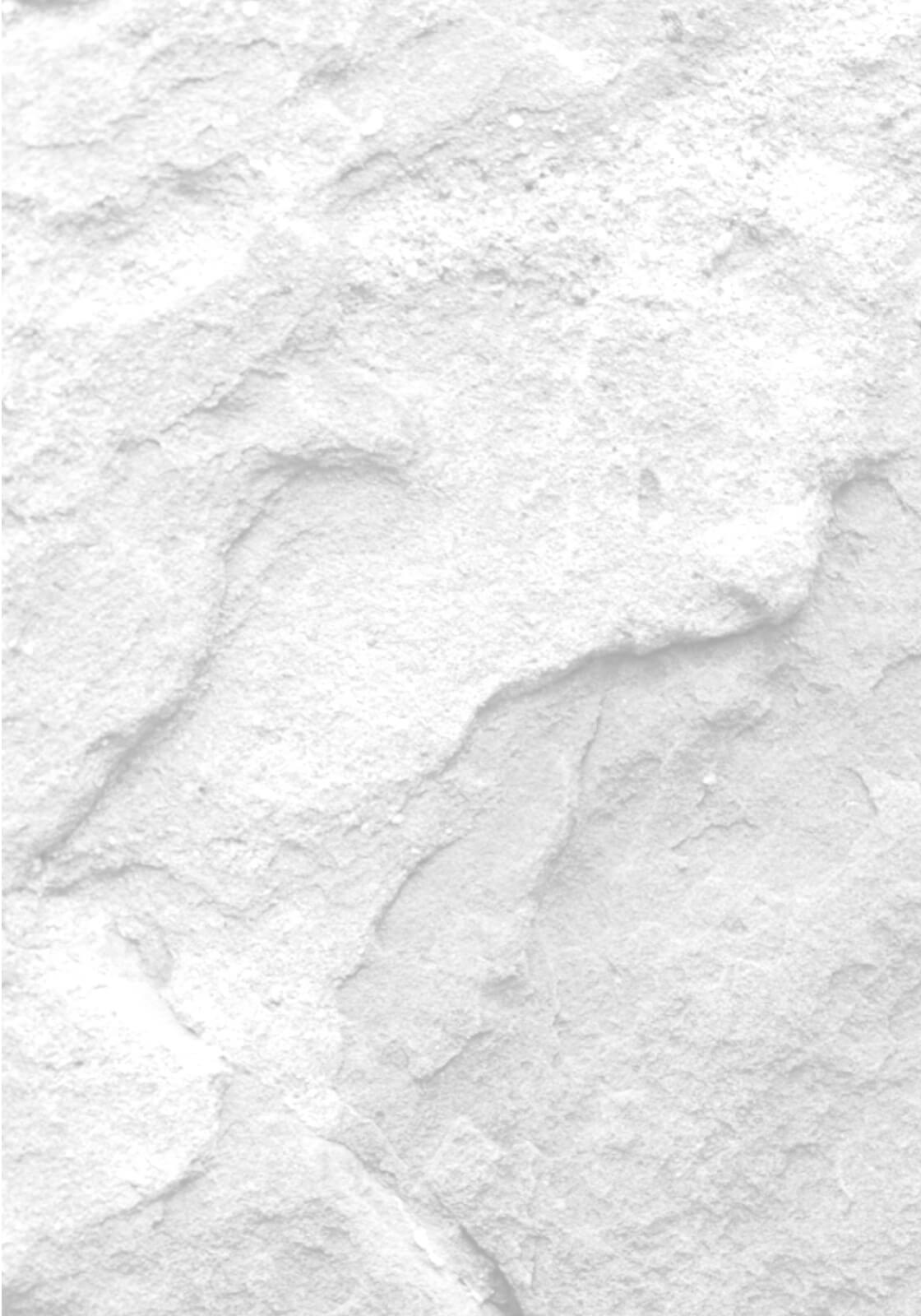Panniculectomy
Conveniently located to serve the areas of Boulder, CO

A pannus is excess skin and adipose tissue, sometimes referred to as an apron that hangs down over ones genitals or thighs. A panniculectomy is when a pannus is surgically removed. This excess tissue can make it difficult to walk and perform other physical activities, it can also make it difficult to maintain good hygiene in the genital area. The difference between a panniculectomy and abdominoplasty is a panniculectomy only removes the apron of the skin as there is no undermining of tissue or tightening of muscles.
Contents
Who is a good candidate for panniculectomy?
Candidates must be in good health, have no active diseases or serious, pre-existing medical conditions, and must have realistic expectations of the outcome of the surgery. If you plan to become pregnant or to lose a significant amount of weight, you should discuss these plans with your doctor before surgery. Panniculectomy is not a treatment for obesity or a substitute for proper diet and exercise.
NOTE: You may not be a candidate for surgery if you smoke, have recently quit smoking, or if you are exposed to second-hand smoke. Primary and secondary smoking decreases blood flow to the body’s tissues. This can result in prolonged wound healing, skin loss, infection, increased scarring, and a number of other complications depending on the kind of procedure performed.
Alternatives to panniculectomy
During your initial physical examination, your plastic surgeon may find that you would be a good candidate for less invasive procedures which would still allow you to meet your appearance goals. Alternative procedures may include liposuction,or abdominoplasty, a procedure which reduces the hanging skin in the abdominal area.
How is the procedure performed?
Most commonly, the surgeon will make two incisions. The first is a long incision from hipbone to hipbone, just above the pubic area.
Planning for Your Surgery
Communication is vital to establish realistic expectations in reaching your goals. You will have the opportunity to discuss your goals and the results you would like to achieve. Your surgeon will work with you to reach an understanding about what you can expect from this procedure and what long-term benefits you will experience. Every patient is different, and your surgeon will choose the surgical technique and treatment plan that is right for you.
During your initial consultation
- Provide a complete medical history. Include information about any previous surgical procedures; past and present medical conditions; and all medications or herbal supplements you are taking.
- Expect your surgeon to examine your abdomen, including the quality of your abdominal skin; the location of any existing scars; the amount and location of any excess fat; and the status of the underlying muscles.
- Be prepared to discuss possible risks and complications of the procedure.
Where your surgery will be performed
Your procedure will take place in our office surgical suite, Rose Medical Center, St. Anthony Hospital or North Suburban Medical Center. The majority of these procedures are completed on an out-patient basis.
Types of Anesthesia
General anesthetic is used so that you will sleep and remain comfortable throughout the procedure.
After Your Surgery
It is very important that you follow your surgeon’s instructions. This will promote healing and improve progress towards your new physical appearance. Also, it is important that you attend all scheduled follow-up appointments so that your surgeon can assess your long-term results and answer any questions or concerns you may have.
Panniculectomy post-operative instructions
- Depending on the complexity of your surgery, you may need to be admitted to the hospital for a few days.
- Have someone drive you home after surgery and help you at home for 1 week.
- Get plenty of rest.
- Follow balanced diet.
- Decreased activity may promote constipation, so you may want to add more raw fruit to your diet, and be sure to increase fluid intake.
- Take pain medication as prescribed. Do not take aspirin or any products containing aspirin.
- Do not drink alcohol when taking pain medications.
- Even when not taking pain medications, no alcohol for 3 weeks as it causes fluid retention.
- Do not smoke, as smoking delays healing and increases the risk of complications.
- If you are provided with an abdominal binder, wear it as instructed. Do not wear a compression garment unless approved by your physician.
Activities
- Turning on your side and pushing off with your arm when getting out of bed will reduce stress on your incision.
- Start walking as soon as possible, as this helps to reduce swelling and lowers the chance of blood clots.
- Do not drive until you are no longer taking any pain medications (narcotics).
- Do not drive until you have full range of motion in your legs and no discomfort in your abdomen when lifting your legs.
- No lifting greater than 5 lbs. for 6 weeks. A Gallon of milk weighs 8 lbs.
- Resume sexual activity as comfort permits, usually 2-3 weeks postoperatively.
- Avoid straining of abdominal muscles. Strenuous exercise and activities are restricted for 6 weeks.
- Return to work in 6 weeks.
Incision care
Your surgeon may use staples or sutures to close your incision. You may also have 2 to 4 drains inserted following your surgery.
- You may shower 48 hours after removal of the drainage tubes. Drains may stay in for several weeks.
- Avoid exposing scars to sun for at least 12 months.
- Always use a strong sunblock, if sun exposure is unavoidable (SPF 30 or greater).
- Keep steri-strips on; replace if they come off.
- Keep incisions clean and inspect daily for signs of infection.
- No tub soaking while sutures or drains are in place.
- May wear soft support underpants for comfort; may pad incision with dressings for comfort.
- Sleep with pillow under knees and head elevated on 2 pillows.
What to expect
- You may experience temporary pain, soreness, numbness of abdominal skin, incision discomfort.
- Maximum discomfort will occur the first few days.
- You will have bruising and swelling of the abdomen. The majority of bruising and swelling will subside in 6-8 weeks.
- You may feel tired for several weeks or months.
- 1 or more of your drains may remain in for several weeks.
Appearance
- This procedure only removes the pannus (excess skin), it does not narrow your waistline or tighten the underlying muscles.
- You will walk slightly bent forward and gradually return to normal posture over next 3 weeks.
- Scars will be reddened for 6 months. After that, they will fade and soften.
- The scar will extend from near one hipbone to the other, low on the abdomen.
Follow-up care
- Abdominal drains removed when less than 30 ml for 24 hours.
- Surface stitches removed in 7-10 days but may remain in longer if there is concern of incision separation.
When to call
- If you have increased swelling or bruising.
- If swelling and redness persist after a few days.
- If you have increased redness along the incision.
- If you have severe or increased pain not relieved by medication.
- If you have any side effects to medications; such as, rash, nausea, headache, vomiting.
- If you have an oral temperature over 100.4 degrees.
- If you have any yellowish or greenish drainage from the incisions or notice a foul odor.
- If you have bleeding from the incisions that is difficult to control with light pressure.
- If you have loss of feeling or motion.
Schedule your Appointment
And Meet Directly With Dr. Roesner to Discuss a Treatment plan to meet your Aesthetic and Skincare Goals.
Schedule AppointmentConsult fee is $100 – which will be applied to the cost of the procedure
(If scheduled within 90 days).





